Behavioral Assessments for Hiring: Everything You Need to Know
SalesFuel
APRIL 17, 2025
One strong hire can improve team morale and productivity, while one poor fit can drag down even your best performers. Its quick to set up, easy to use, and backed by behavioral science. Tools like TeamTrait bring structure and science to your hiring process. This approach reduces turnover and builds stronger teams from day one.







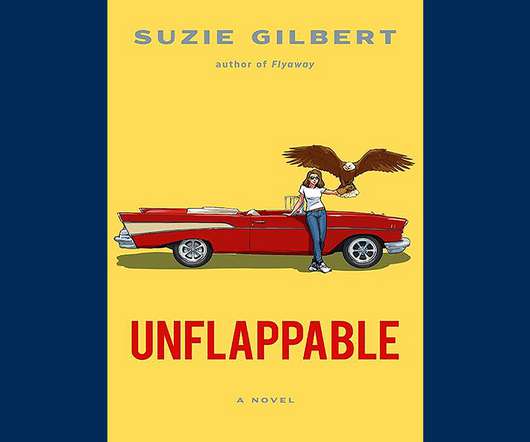
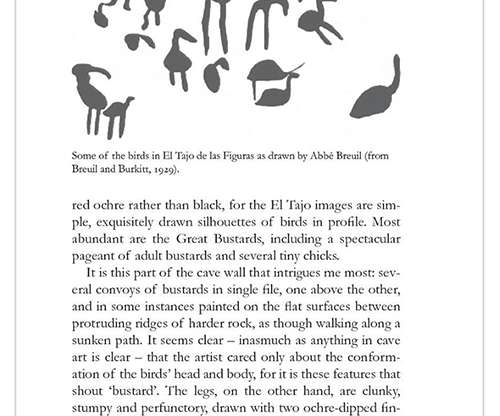












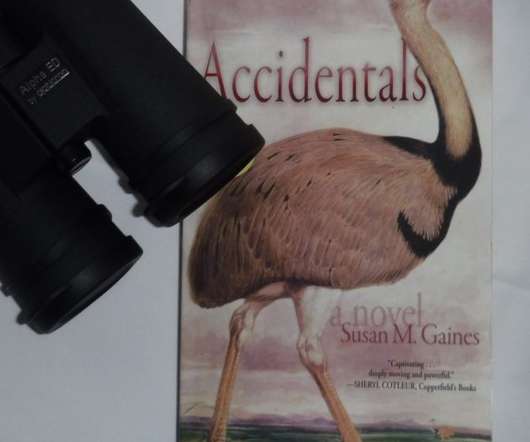
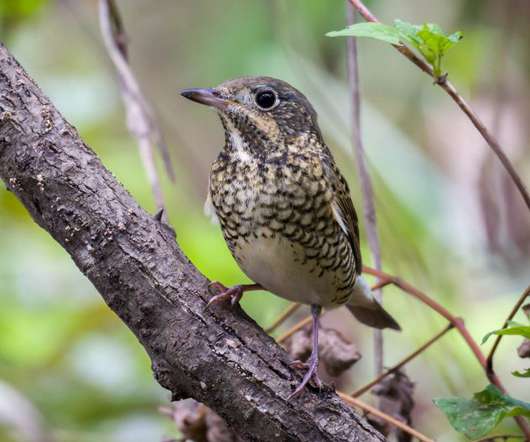

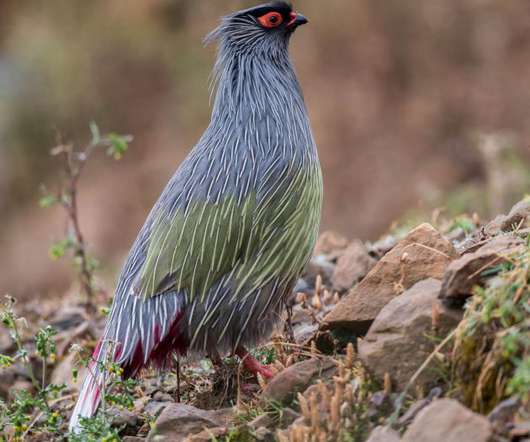




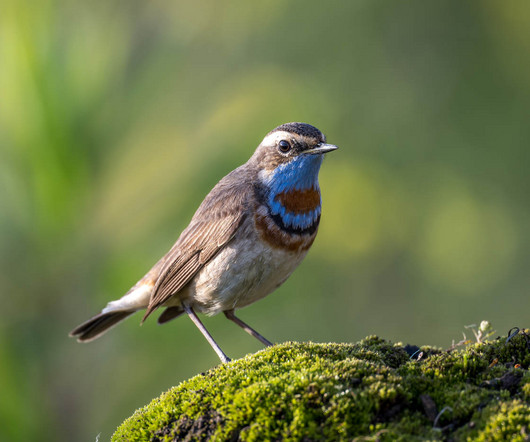
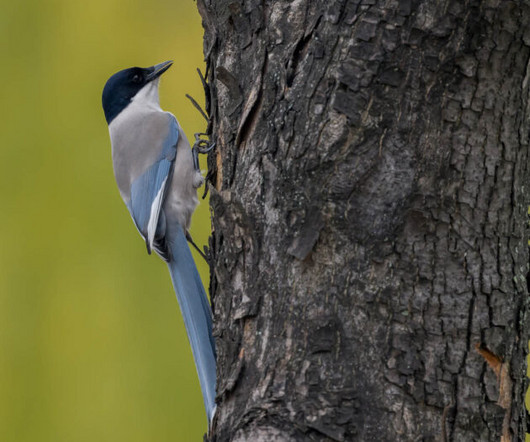






Let's personalize your content